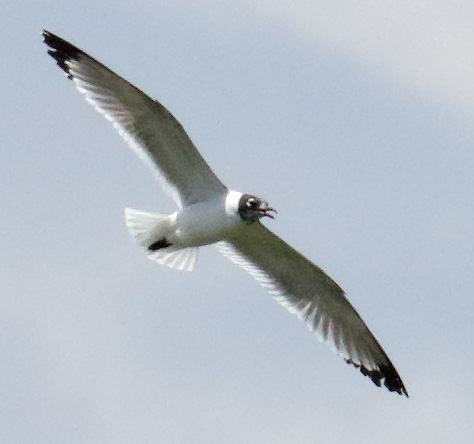
Franklin's Gull
I had previously posted a birding trip that Walt Childs and I had made to Pocosin Cabin, with a later stop that afternoon at Silver Lake in Dayton, Virginia. One of the birds we saw at Silver Lake was a gull that we thought was a Laughing Gull, and I reported it as one. I then received an email from Allen Larner that Laughing Gulls are rare in the mountains and valleys sections of Virginia, and I should file a report with the Virginia Avian Records Committee (VARCOM). I hadn't realized the rarity of this species in the mountains and valleys, and I reloaded all of the photos I had taken of this bird to process them for the VARCOM submission.
After reviewing the additional photos, I thought that the bird looked a bit odd, and I consulted Kenn Kaufman's Field Guide to Advanced Birding. After reading the information in the guide, the bird in the photos looked more like a first summer Franklin's Gull to me than a Laughing Gull. I called Walt, and he did some research, was also unsure, and suggested that we send the photos to Steve Rottenborn, who is a Senior Wildlife Ecologist now living in California, an expert on gulls, and a co-author of Virginia Birdlife (the "Gold Book"). The 2007 Gold Book states that there is only one record of a Franklin's Gull in the mountains and valleys of Virginia, and that was in 1898.
Here is the response from Steve:
"Hi Marshall,
Excellent record - this is a second-year ("first-summer") Franklin's! A Laughing Gull of any age would have much more extensive black on the primaries and much less contrast between the black on the primaries and the paler coloring on the rest of the wing. This difference is particularly noticeable on the underside of the wing. On your bird, the underside of the wing shows fairly limited black contrasting sharply with the pale bases to the primaries. There is even a hint of the large white patches (which will be much more noticeable a year from now when the bird is a third-year bird) between the medium-gray primary bases and the black primary tips on p6 and p7. On a Laughing Gull, from below, the black would be more extensive and would blend gradually into dark gray at the bases of the primaries and on the inner primaries, so that the contrast visible in your photos would not be present on a Laughing.
The white eye crescents on your bird are also broader (and therefore bolder) than on a typical Laughing. I won't go so far as to say that no Laughing Gull can have eye crescents this broad, but your bird looks better for a Franklin's in that respect.
One thing that looks a little odd about your bird is that the bill looks longer than I'd expect on a Franklin's, which typically has a short-looking bill. However, I'd chalk that up to individual variation, as the rest of the bird looks fine for a Franklin's.
Great job!
Steve

Franklin's Gull
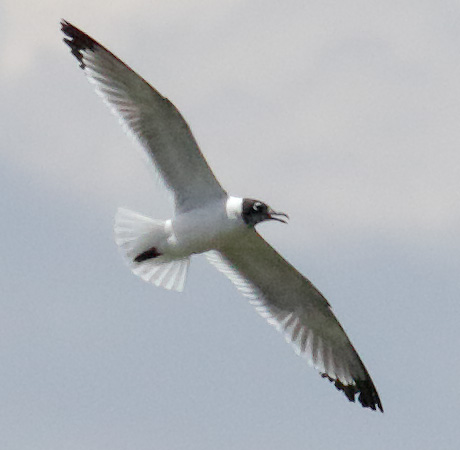
Franklin's Gull
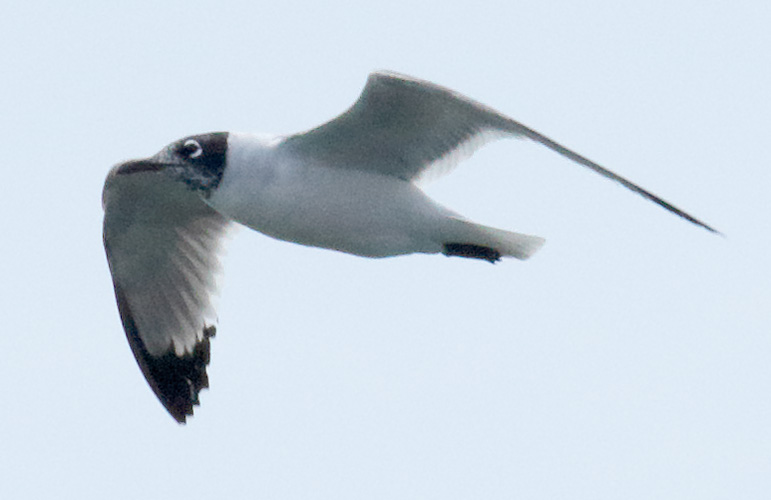
Franklin's Gull
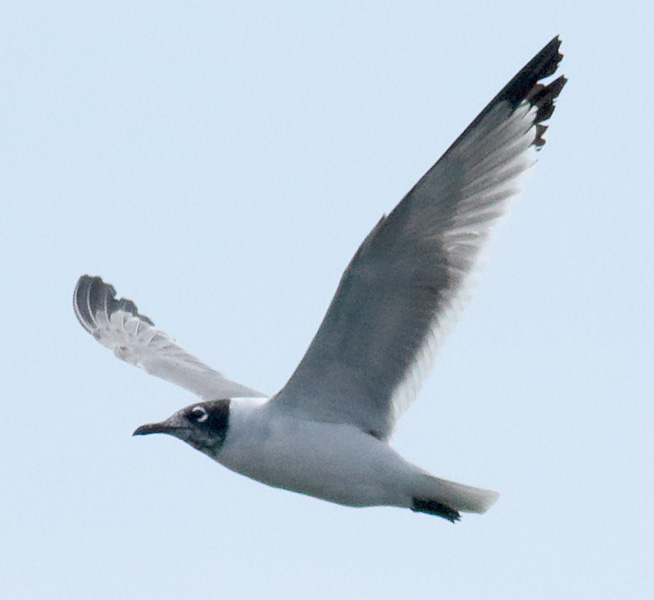
Franklin's Gull
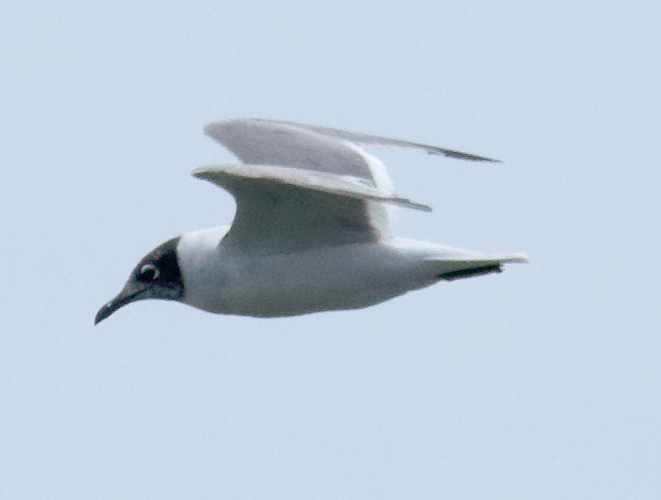
Franklin's Gull
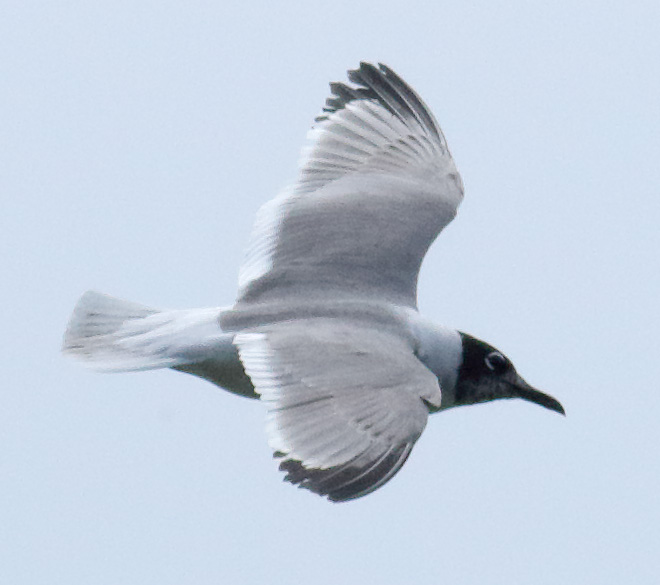
Franklin's Gull
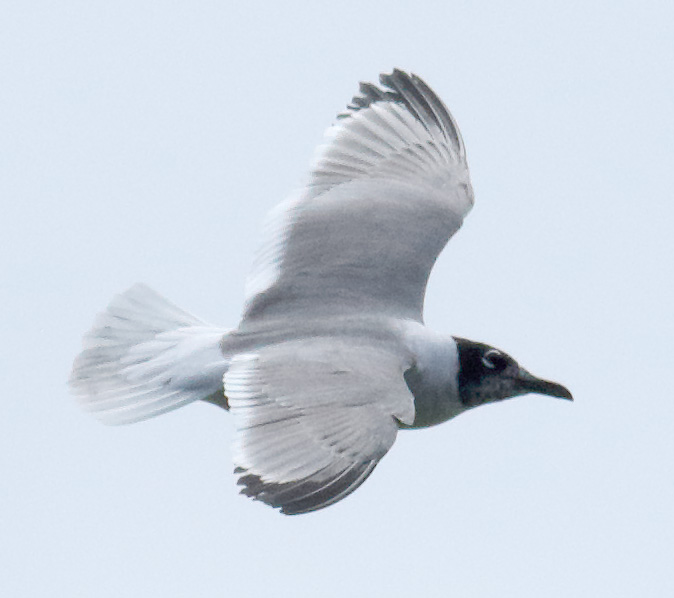
Franklin's Gull
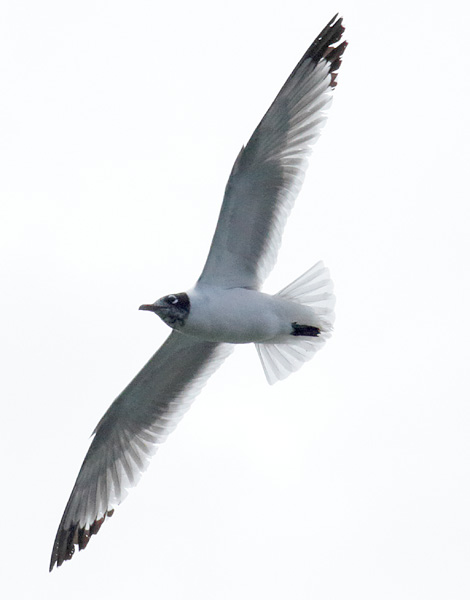
Franklin's Gull
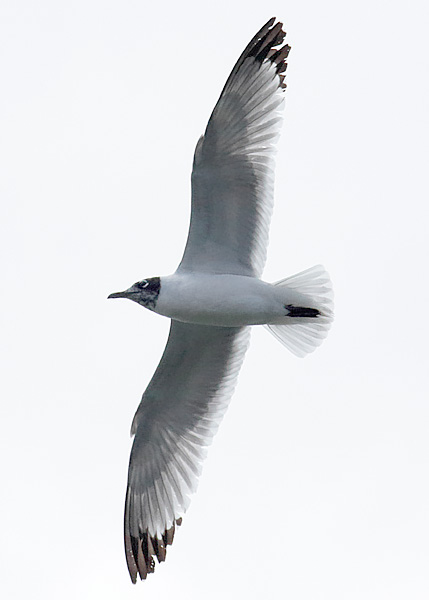
Franklin's Gull
I am preparing the VARCOM submission.